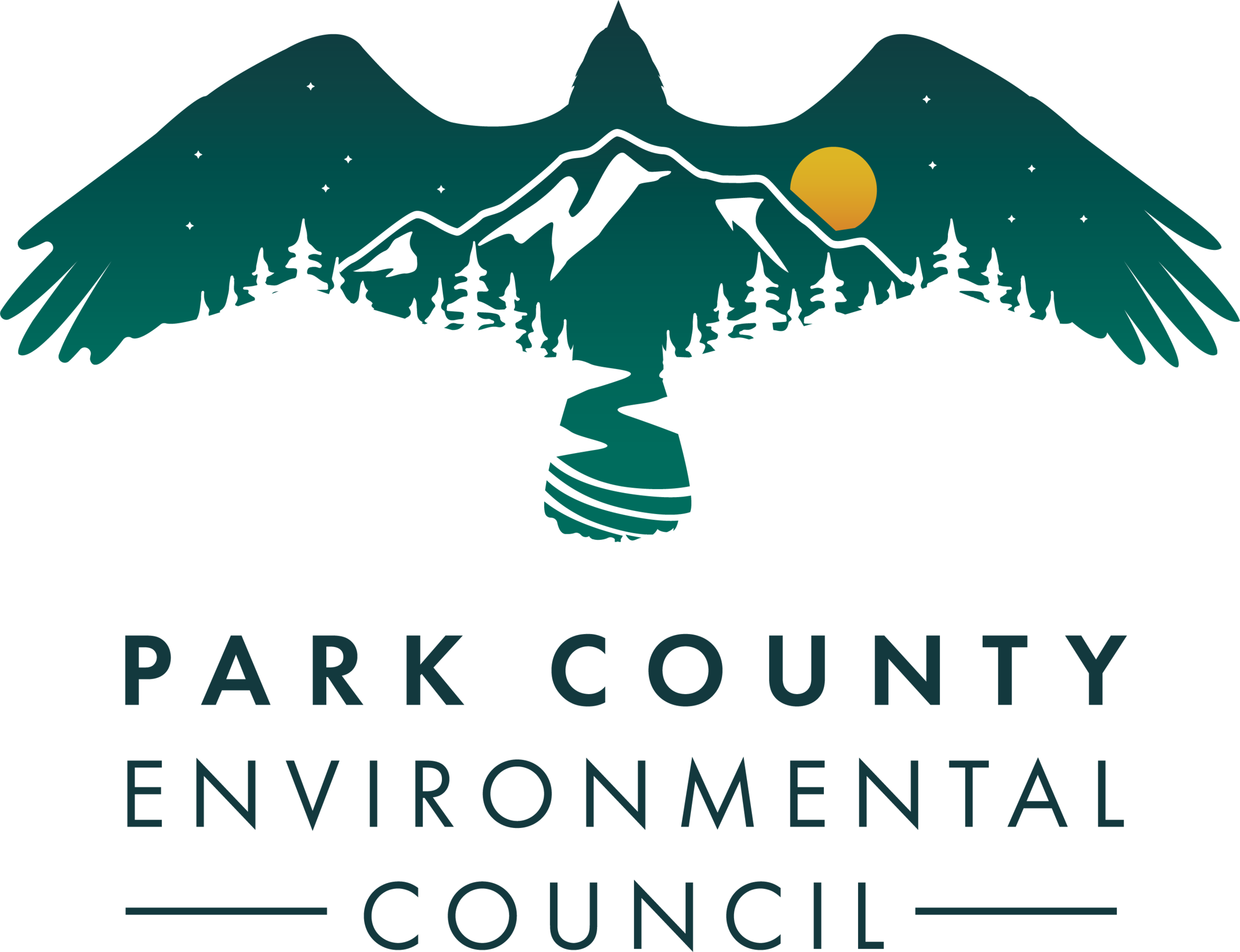Introducing Yellowstone Safe Passages
In the last year PCEC began working in partnership with Daniel Anderson, with The Common Ground Project, Greater Yellowstone Coalition, Center for Large Landscape Conservation, National Parks Conservation Association to form Yellowstone Safe Passages to address the issue of vehicle-wildlife conflict on Highway 89 corridor in Paradise Valley and the Gardiner Basin.
We met with professionals in the field of road ecology and wildlife conservation, learning from other wildlife highway crossing successes and failures both in Montana and neighboring states. We consulted with agency personnel, gained their support and conducted extensive local landowner outreach to build grassroots support to address vehicle/wildlife conflicts on Highway 89 in Paradise Valley. We also deployed a citizen science wildlife tracking phone application and motion sensing cameras placed at strategic locations to begin collecting data on wildlife movements adjacent to Highway 89.
The Highway 89 corridor in the Upper Yellowstone — serving as one of Montana’s three entrances to Yellowstone National Park — has witnessed a startling number of wildlife-vehicle collisions (WVCs) in the past twenty years. Traffic loads in this popular gateway community will continue to produce WVCs, which result in an elevated risk to drivers, high collision costs, and fractured open space for wildlife movement.
Montana Department of Transportation collision reports from 2002 - 2012 show a total of 1,659 WVCs along the 55-mile stretch of highway from Livingston to Gardiner, which included black bear, elk, moose, mule deer, white tailed deer, bighorn sheep, antelope, and bison. Casualties aside, this accumulation of collisions resulted in a conservative estimate of $15 million of incurred costs. This estimate is linked to research performed on vehicle collisions with deer, elk and moose, which accounts solely on vehicle property damage, human injuries and fatalities, and lost hunting revenue. Researchers do not factor in other costs associated with tourism, recreation, or biodiversity conservation values of these animals.
Further analysis reveals that the Greater Yellowstone Ecosystem’s regional economy is “Outpacing other high-performance regions across the West.” In a July 2020 update, Bozeman based Headwaters Economics claimed that the coronavirus pandemic has resulted in “A real estate surge, potentially accelerating the loss of open space.” All of which will bring further impacts to wildlife.
While we have not yet identified any one project, or solution to this issue, we are confident that we can work with the community to begin addressing it in a proactive manner. We encourage community involvement and feedback and hope that this webinar series will provide a good opportunity to learn more about the issue.
Yellowstone Safe Passages will be hosting four webinars explaining the genesis of Yellowstone Safe Passages, who makes up the partnership, what we’ve learned, where we are today, how we’re planning for the future and ultimately how the community can engage in the work. For more information visit Yellowstone Safe Passages website.
Watch a recording of the first webinar Introducing Yellowstone Safe Passages.
If you have any questions feel free to contact Yellowstone Safe Passages.


